Overview
Map
Other Details
كنيسة سيّدة البشارة لأخويّة الحبل بلا دنس - دير القمر
1777
Deir El-Qamar
Chouf
Mount Lebanon
تأسّست أولى الأخويّات المريميّة في دير القمر سنة ١٧٦٩، وبنى أعضاؤها كابيلّا سيّدة البشارة سنة ١٧٧٧ في حارة الخندق. رُمّمت سنة ١٨٢٢. ومع إعلان عقيدة الحبل بلا دنس سنة ١٨٥٤ كُرّس التمثال الجديد والأخويّة لإكرام سيّدتنا مريم العذراء البريئة من دنس الخطيئة الأصليّة، وأصبحت هذه الكنيسة تحتفل بيوم ٨ كانون الأوّل عيدًا لها. شهدت هذه الكنيسة إجتماع رجالات دير القمر ليلة مجازر ١٨٦٠. تتميّز الكنيسة كونها حافظة لذاكرة إحدى أقدم أخويّات لبنان، وهندستها الشرقيّة التي تمثّل العهد المعنيّ بمدخلها والدار التي تتقدّمها.The first Marian Confraternity was founded in Deir el Qamar in 1769, and this chapel was founded by the members in 1777, in the Al Khandak neighborhood. The church was restored in 1822. In 1854, and with the proclamation of the Immaculate Conception dogma, a Marian statue was brought to the church and all of the confraternity was consecrated to the Immaculate Mother. Since then, the church became a shrine for the Immaculate Conception and its feast day became on the 8th of December. The church was the witness to the last reunion of Deir el Qamar’s men on the night of 1860’s massacre. This church is a memorial of one of Lebanon’s oldest confraternities. The architecture is one of the rarest models of the Maan’s era with a decorated portico and a frontal patio
Visited 4890 times, 6 Visits today



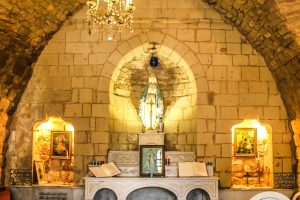
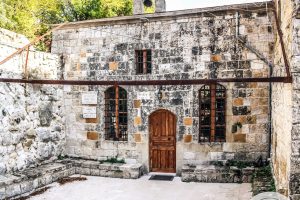
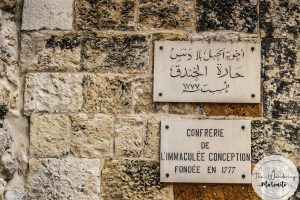
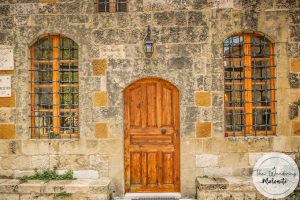
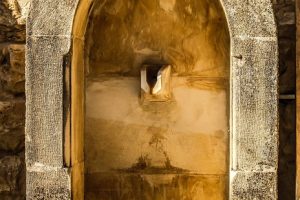
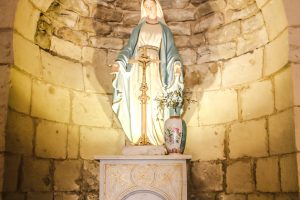






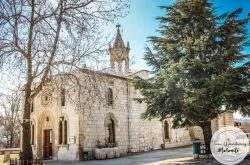
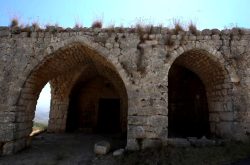
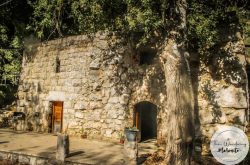
Reviews are disabled, but trackbacks and pingbacks are open.